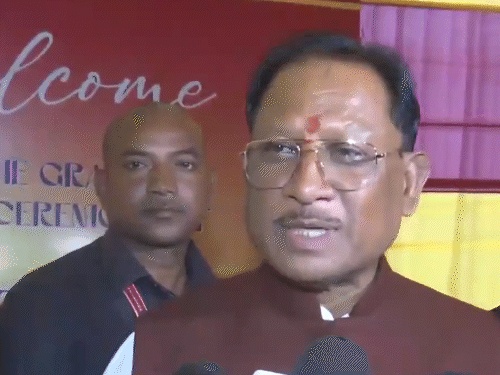
Government Announces DA Hike to Match Central Rates
The Chhattisgarh government has implemented a 2% increase in Dearness Allowance (DA) for its 4 lakh state employees, raising the rate to 55% to align with central government standards. Chief Minister Vishnu Deo Sai emphasized that the adjustment, effective from Diwali, aims to bridge the gap between state and central employee benefits. While the move is seen as a positive step, it has sparked renewed demands from labor unions for immediate payment of arrears and adherence to the 11-point charter of demands. The decision comes amid growing frustration over delayed financial benefits, with employees threatening mass protests if their grievances are not addressed promptly.
Federation Demands Immediate Payment and Arrears Resolution
The Employees Officers Federation has criticized the government for failing to honor the promised benefits, particularly the delayed implementation of Dearness Relief (DR) and DA arrears. Federation coordinator Kamal Verma highlighted that the BJP-led state government has not fulfilled the commitments made under ‘Modi’s Guarantee,’ which included disbursing arrears to employees’ General Provident Fund (GPF) accounts. Verma warned that the growing discontent could escalate into widespread protests, starting with a district-level mass leave on 22 August. The federation also called for a review of the state’s financial policies to ensure timely and equitable distribution of benefits.
Previous Hike and Ongoing Disputes Over Payment Timing
In March 2025, the state government had raised DA by 3%, bringing it to 53% for most employees, with additional hikes for those under the sixth pay scale. However, the implementation faced criticism for delays, with payments starting only in April 2025. The latest 2% adjustment, announced just before Diwali, has not resolved the core issue of delayed payments. Employees argue that the government’s failure to meet the due dates for arrears undermines the credibility of the DA hikes, fueling demands for immediate financial relief and a transparent resolution process.
Broader Context of Employee Grievances and Political Tensions
The DA dispute reflects broader challenges in state governance, with employees accusing the administration of prioritizing short-term political gains over long-term welfare. The federation’s call for a ‘pen-down, work-down’ movement has gained traction, particularly in districts with high employee populations. While the government claims the 55% DA is a significant improvement, critics argue that the lack of financial transparency and delayed payments have eroded trust. The situation could escalate further if the state fails to address the 11-point demands, which include not only DA arrears but also improvements in working conditions and administrative efficiency.
State’s Response and Potential for Escalation
Despite the government’s assurances, the Employees Officers Federation remains unyielding, with plans for intensified protests and public demonstrations. The state’s response to the DA dispute will likely shape its political landscape, as unresolved grievances could impact public perception and employee morale. With the upcoming elections looming, the government faces pressure to resolve the crisis swiftly. Failure to address the demands may lead to prolonged strikes, further complicating the administration’s efforts to stabilize state finances and maintain employee satisfaction.



